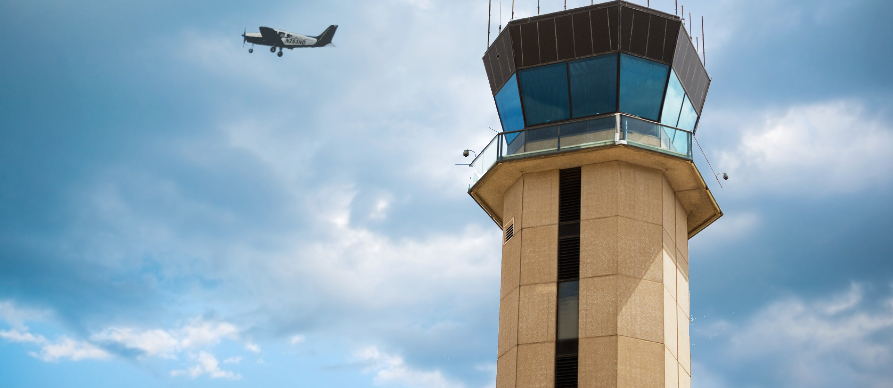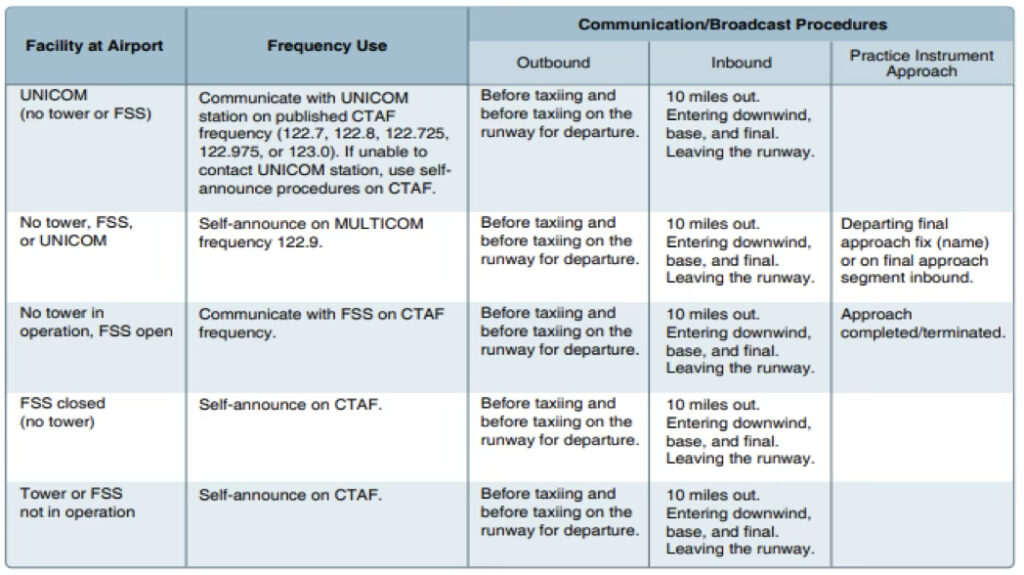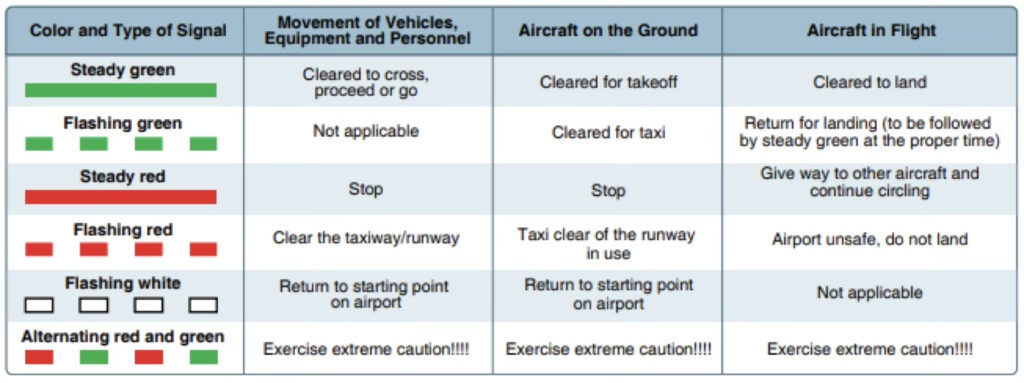
Operating in and out of a towered airport, as well as in a good portion of the airspace system, requires that an aircraft have two-way radio communication capability.
For this reason, a pilot should be knowledgeable of radio communications equipment and procedures.
There is no license requirement for a pilot operating in the United States; however, a pilot who operates internationally is required to hold a restricted radiotelephone permit issued by the Federal Communications Commission (FCC).
There is also no station license requirement for most general aviation aircraft operating in the United States. A station license is required, however, for an aircraft that is operating internationally, that uses other than a VHF radio, and that meets other criteria.
Radio Equipment
In general aviation, the most common types of radios are VHF (Very High Frequency).
A VHF radio operates on frequencies between 118.0 megahertz (MHz) and 136.975 MHz and is classified as 720 or 760 depending on the number of channels it can accommodate.
The 720 and 760 use .025 MHz (25 kilohertz (KHz) spacing (118.025, 118.050) with the 720 having a frequency range up to 135.975 MHz and the 760 reaching up to 136.975 MHz.
VHF radios are limited to line of sight transmissions; therefore, aircraft at higher altitudes are able to transmit and receive at greater distances.
Proper Radio Procedures
Using proper radio phraseology and procedures contribute to a pilot’s ability to operate safely and efficiently in the airspace system.
A review of the Pilot/Controller Glossary can be found in section 4 contained in the AIM assists a pilot in the use and understanding of standard terminology.
The AIM also contains many examples of radio communications.
Towered Airports
A towered airport is an airport that has an operating control tower.
Air traffic control (ATC) is responsible for providing the safe, orderly, and expeditious flow of air traffic at airports where the type of operations and/or volume of traffic requires such a service.
Pilots operating from a towered airport are required to maintain two-way radio communication with ATC and to acknowledge and comply with their instructions.
Pilots must advise ATC if they cannot comply with the instructions issued and request amended instructions.
A pilot may deviate from an air traffic instruction in an emergency, but must advise ATC of the deviation as soon as possible.
Non-Towered Airports
A non-towered airport does not have an operating control tower.
Two-way radio communications are not required, although it is a good operating practice for pilots to transmit their intentions on the specified frequency for the benefit of other traffic in the area.
The key to communicating at an airport without an operating control tower is selection of the correct common frequency.
The acronym CTAF, which stands for Common Traffic Advisory Frequency, is synonymous with this program.
A CTAF is a frequency designated for the purpose of carrying out airport advisory practices while operating to or from an airport without an operating control tower.
Recommended Communication Procedures

Automated Terminal Information Service (ATIS)
The Automated Terminal Information Service (ATIS) is a recording of the local weather conditions and other pertinent non-control information broadcast on a local frequency in a looped format.
It is normally updated once per hour but is updated more often when changing local conditions warrant.
Important information is broadcast on ATIS including weather, runways in use, specific ATC procedures, and any airport construction activity that could affect taxi planning.
Lost Communications
If communication with ATC is lost, pilots should adhere to the ATC Light Gun Signals procedures.
